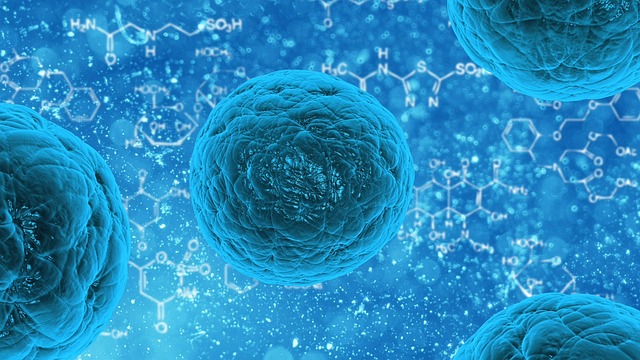
After a series of breakthroughs, a research team led by Shawn Hingtgen — assistant professor in the Eshelman School of Pharmacy at the University of North Carolina at Chapel Hill and a member of the Lineberger Comprehensive Care Center — has figured out a better way to treat a common and aggressive type of brain cancer called glioblastoma. The treatment works by creating human stem cells capable of spotting and killing human brain cancer cells.
Prior to this, the research team tested the technology on mouse skin cells. What they did was to convert those skin cells into stem cells with the ability to detect and eradicate human brain tumors. With this, they were able to increase survival rate from 160% to 220%, depending on the type of tumor.
This time around, the team made a huge leap forward by showing that the technique works with human cells as well. More than that, it seems to work fast enough that it can increase a patient’s survival rate which is typically below 18 months, with less than 30% of patients surviving more than 2 years.
According to Hingtgen, “[s]peed is essential.” He notes that it “used to take weeks to convert human skin cells to stem cells. But brain cancer patients don’t have weeks and months to wait for us to generate these therapies. The new process we developed to create these stem cells is fast enough and simple enough to be used to treat a patient.”
Presently, cancer treatment involves a combination of surgery, chemotherapy and radiation treatment. This approach has never been effective on glioblastoma because several months after the treatment has been completed, the tumor returns, and it comes back in a worse form — spreading out tendrils through the brain, making complete removal via surgery virtually impossible.
Hingtgen’s technique involves a Nobel Prize-winning technology – referred to as ‘skin flipping’ — which allows the creation of neural stem cells from skin cells. He’s added a twist, though.
Typically, the stem cell conversion process involves two steps. After harvesting skin cells, these will first be converted into stem cells. From ordinary stem cells, these will then be converted into neural stem cells — the type of stem cells with the natural ability to zero in on brain cancer cells.
With Hingtgen’s approach, conversion happens in just one step — from skin cells directly into neural stem cells. This doesn’t just make the process faster. It also reduces the risk that the final stem cells will turn cancerous.
The process begins by harvesting fibroblasts — the skin cells which produce collagen and connective tissue — from the patient. Those cells are then reprogrammed to transform into neural stem cells. However, because neural stem cells can only find a tumor but not kill it, an enhancement has to be done to make the cells more than just hunters. What Hingtgen did was to let the stem cells carry a specific type of protein that can activate a substance given to the patient called prodrug. This results in a targeted drug treatment — instead of scattering all over the patient’s body which produces all those unwanted side effects ; the drug simply forms a halo around the stem cell.
While Hingtgen admits that it will still take one to two years before clinical trials can begin, their work nonetheless shows that a promising step has been made towards developing a more effective cancer treatment approach. And that’s something the world can look forward to.
The research has been published in the journal Science Translational Medicine.
- Bulenox: Get 45% to 91% OFF ... Use Discount Code: UNO
- Risk Our Money Not Yours | Get 50% to 90% OFF ... Use Discount Code: MMBVBKSM
Disclaimer: This page contains affiliate links. If you choose to make a purchase after clicking a link, we may receive a commission at no additional cost to you. Thank you for your support!

Leave a Reply